Who remembers Chelsea Girl? Growing up in Yorkshire in the 80s, it was the place to shop for fashion conscious teenagers. The first UK boutique chain was launched in 1965 by the Lewis brothers, four Eastenders who were building an empire of shops called Lewis Separates, but realised they needed a name with more pizazz if they wanted to achieve their goal of expanding across the country. Yep, they definitely had a point!
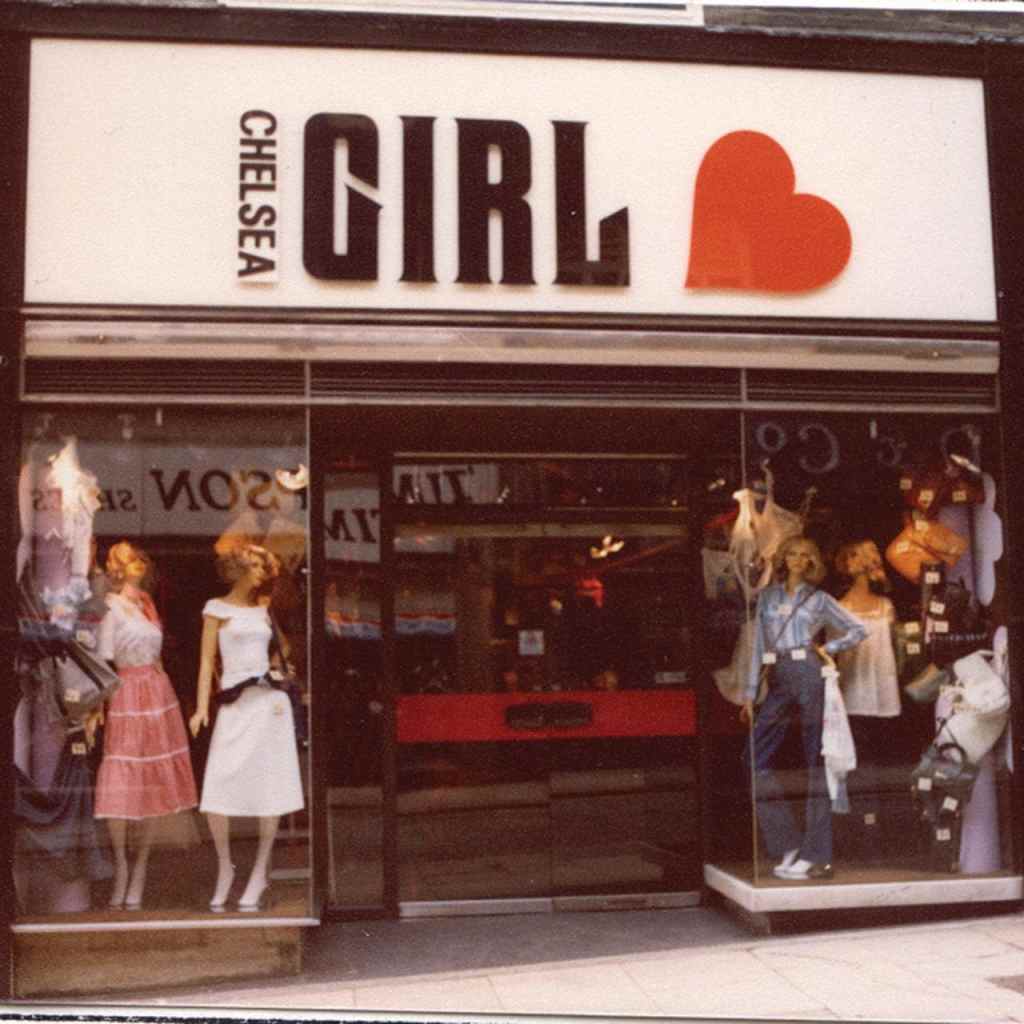
In the mid-sixties, the King’s Road in Chelsea was the hub of pop culture, conjuring up images of sophistication and exclusivity. So Chelsea Girl was born. In 1988 the name was changed again, to River Island but somehow it was never quite the same.

As you know, I love a trip to London. There’s just something about the Big Smoke, especially now when it’s devoid of all those irritating tourists. There’s always something new to discover, and so today I’m dragging the husband off to explore the streets of Chelsea. Actually, there are still plenty of shops along the King’s Road, so he doesn’t need much persuasion.
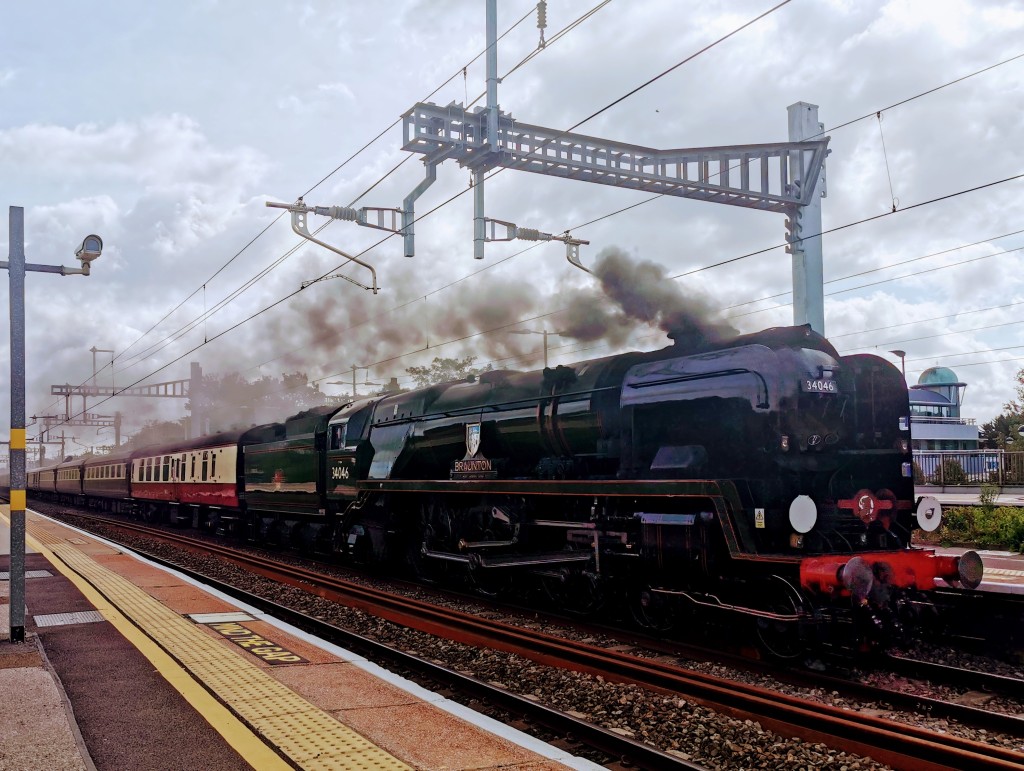
There’s a bit of excitement before we even get on our Paddington-bound train. We’re wondering why there are lots of dressed-up sexagenarians on the opposite platform, well it turns out they’re going on a classic steam tour of the Cotswolds. Lucky them! The smoky air is probably something we could do without but the swanky dining car looks very nice.


We jump on our rather less exciting but much emptier train, once again wondering if masks are really necessary when you’re the only passengers in a carriage. Apparently we can’t be trusted to use our common sense…
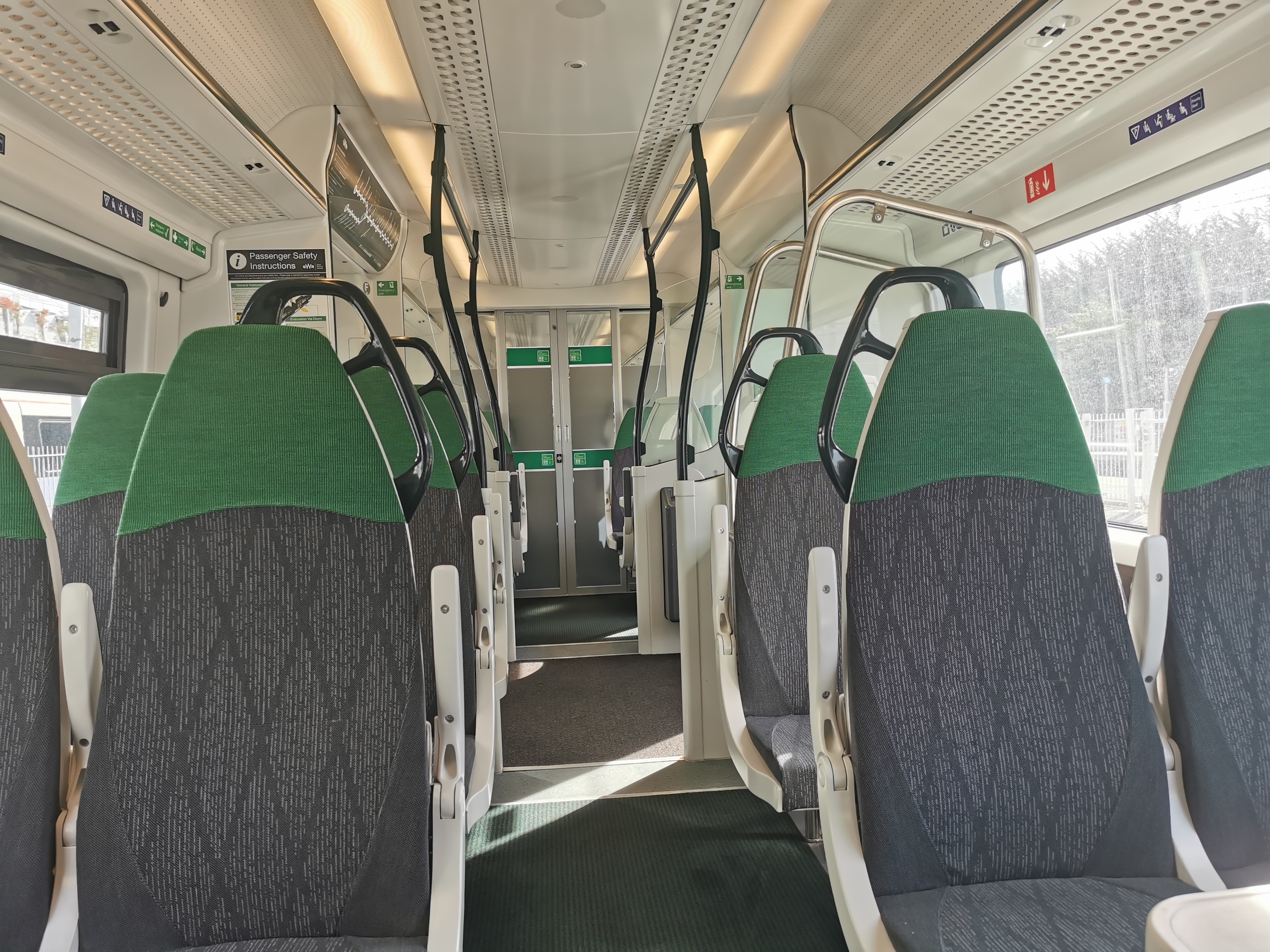
Chelsea always had a certain cachet even before the Swinging Sixties. King Henry VIII (yes, him again) acquired the manor of Chelsea in 1536 and ever since then it’s been a popular location for the wealthy. Property is eye-wateringly expensive here, even by London standards.

Energing from the tube at Sloane Square on the eastern border of the district, there’s immediately a bit of a buzz in the air. It feels a bit more ‘normal’ than other parts of London we’ve visited, i.e. busy, like pre-covid days. The first shop we see is Hugo Boss, which sets the scene perfectly. The second is the behemoth of Peter Jones, which has been here since 1877. It’s now owned by John Lewis, but I like the fact that it’s kept the name of the original founder. Still, it’s an exceptionally ugly building, even though it’s Grade II listed.
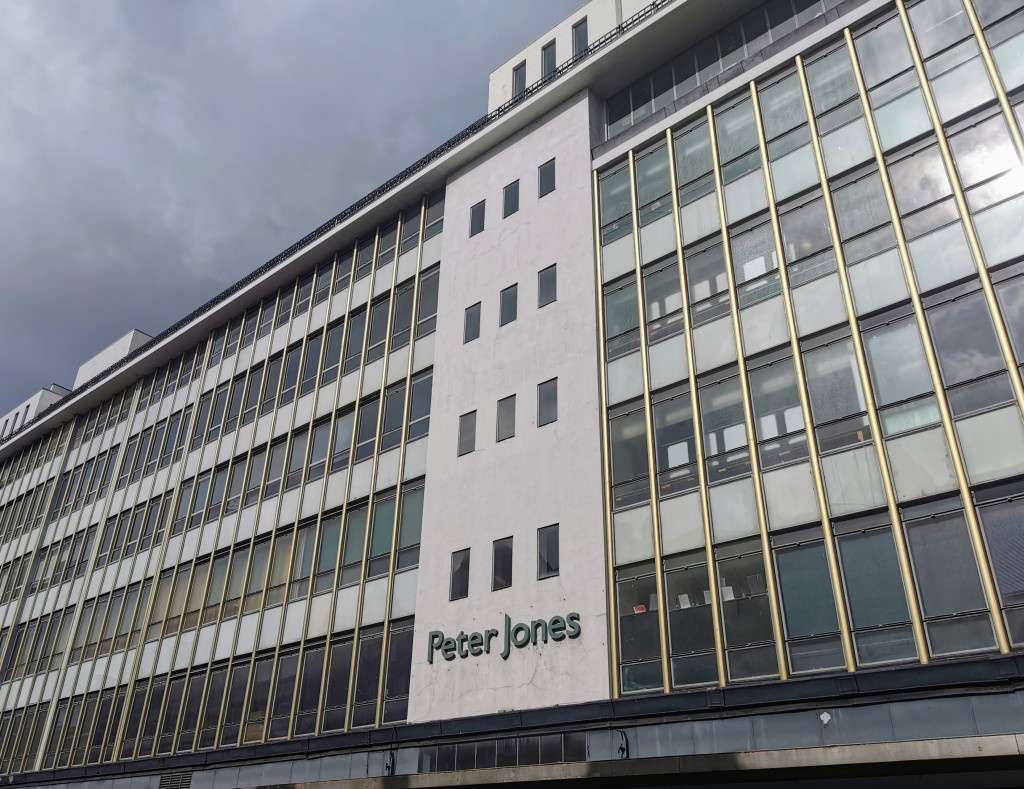
Sloane Square was named after Sir Hans Sloane, whose statue stands just nearby. A doctor and avid naturalist and collector, his bequest of 71,000 items formed the basis of the national collections at the British Museum, the British Library and the National History Museum. He also invented drinking chocolate, which will be much more of a vital achievement for some readers, I’m sure.

More recently, in the 80s and 90s, Sloane Square was associated with ‘Sloane Rangers’ – posh young women who strode around Chelsea wearing designer clothes and tossing their hair. The ultimate Sloane was Princess Diana, but not that much has changed – Kate Middleton lived in a flat in Chelsea before marrying Prince William, and the stereotype has been perpetuated by the TV series Made In Chelsea. I find it hard to believe that viewers have sat through 19 series of this tosh, but apparently some people enjoy watching totally vacuous idiots pretending to live glamorous lives. Takes all sorts…

Round the corner from the square, the Duke of York’s Barracks, built in 1801, have been redeveloped as a shopping and eating destination, with a farmers market and the Saatchi Gallery taking pride of place. It’s a busy and attractive place, with lots of shops and cafes full of shiny, happy people. What coronavirus?
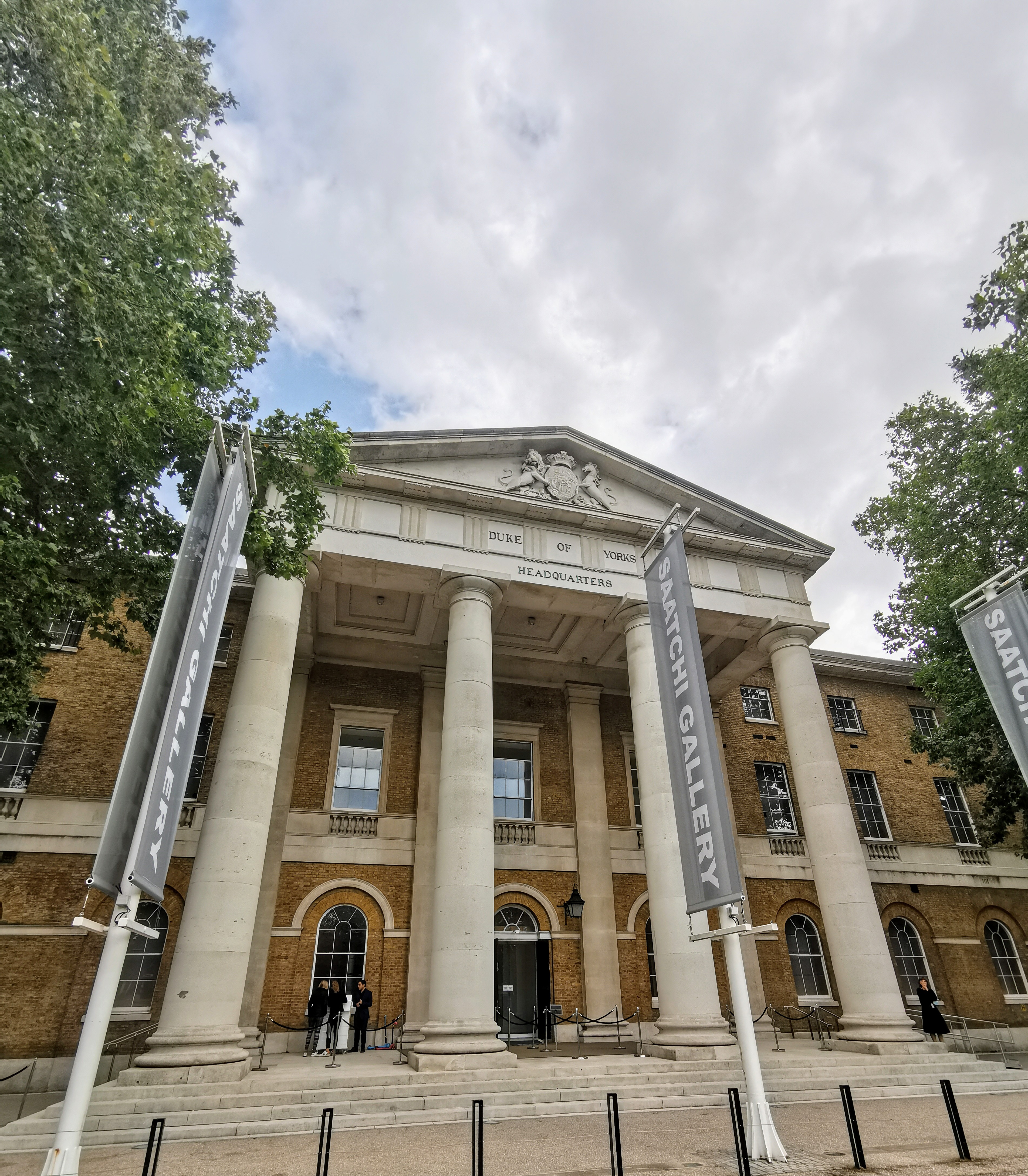
Walking west along the King’s Road, Chelsea’s main shopping strip, there are a lot of well-honed twenty somethings wearing sports gear and carrying designer bags, but equal numbers of alternative 40 and 50 somethings with bizarre hairdos and Boho outfits. It’s an interesting mix. We like the vibe, but feel like it would be hard work to live here. Maidenhead is much more forgiving!
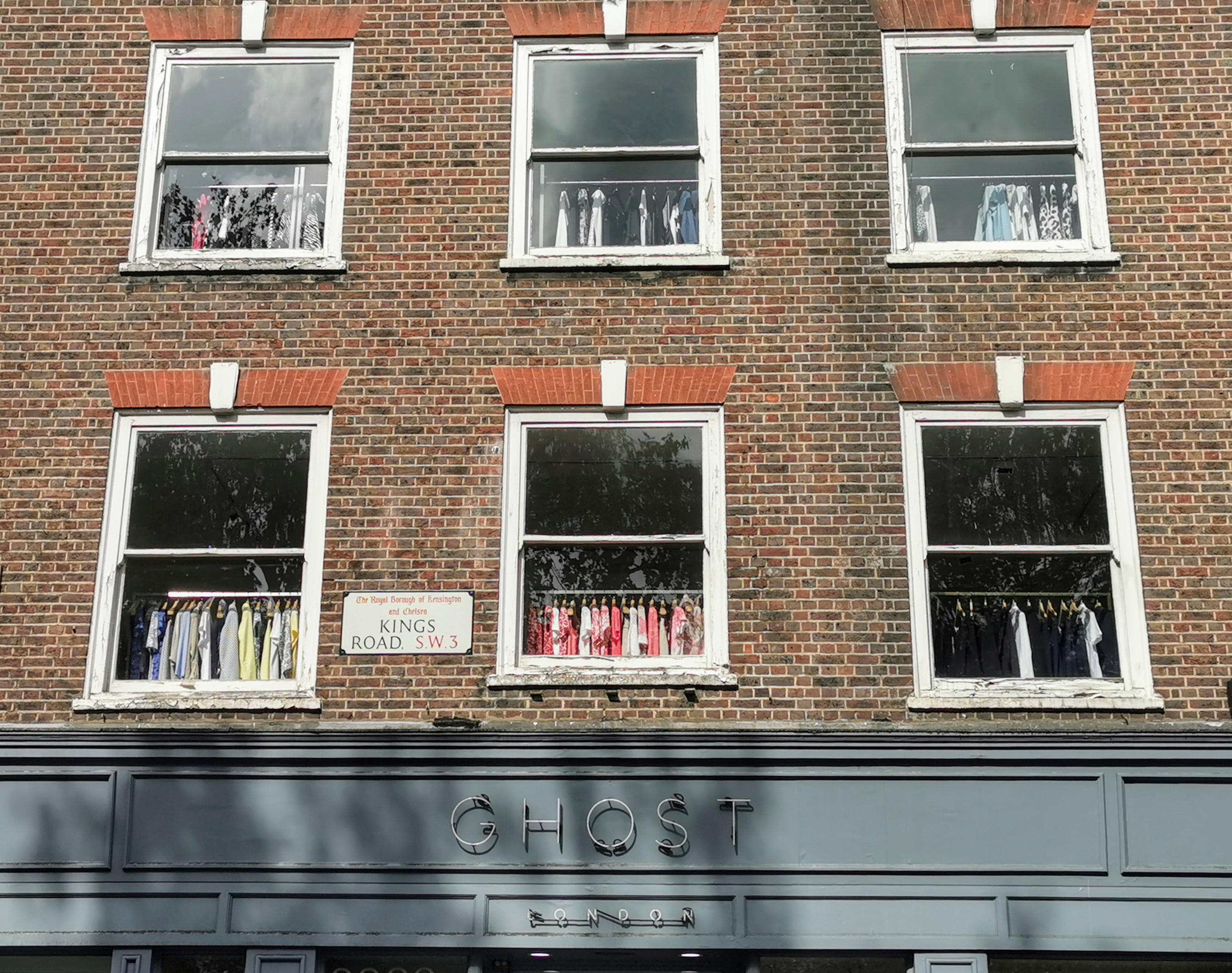
The King’s Road was in fact a private road built in 1694 for the sole use of the monarch at the time, Charles II, so that he could get to Kew with no hold up due to mere plebs getting in the way. Can you believe it remained private until 1830? Unless you were well connected that is. It beggers belief doesn’t it? Today it’s a varied mix of designer boutiques, upscale restaurants and quirky independant venues of all kinds.


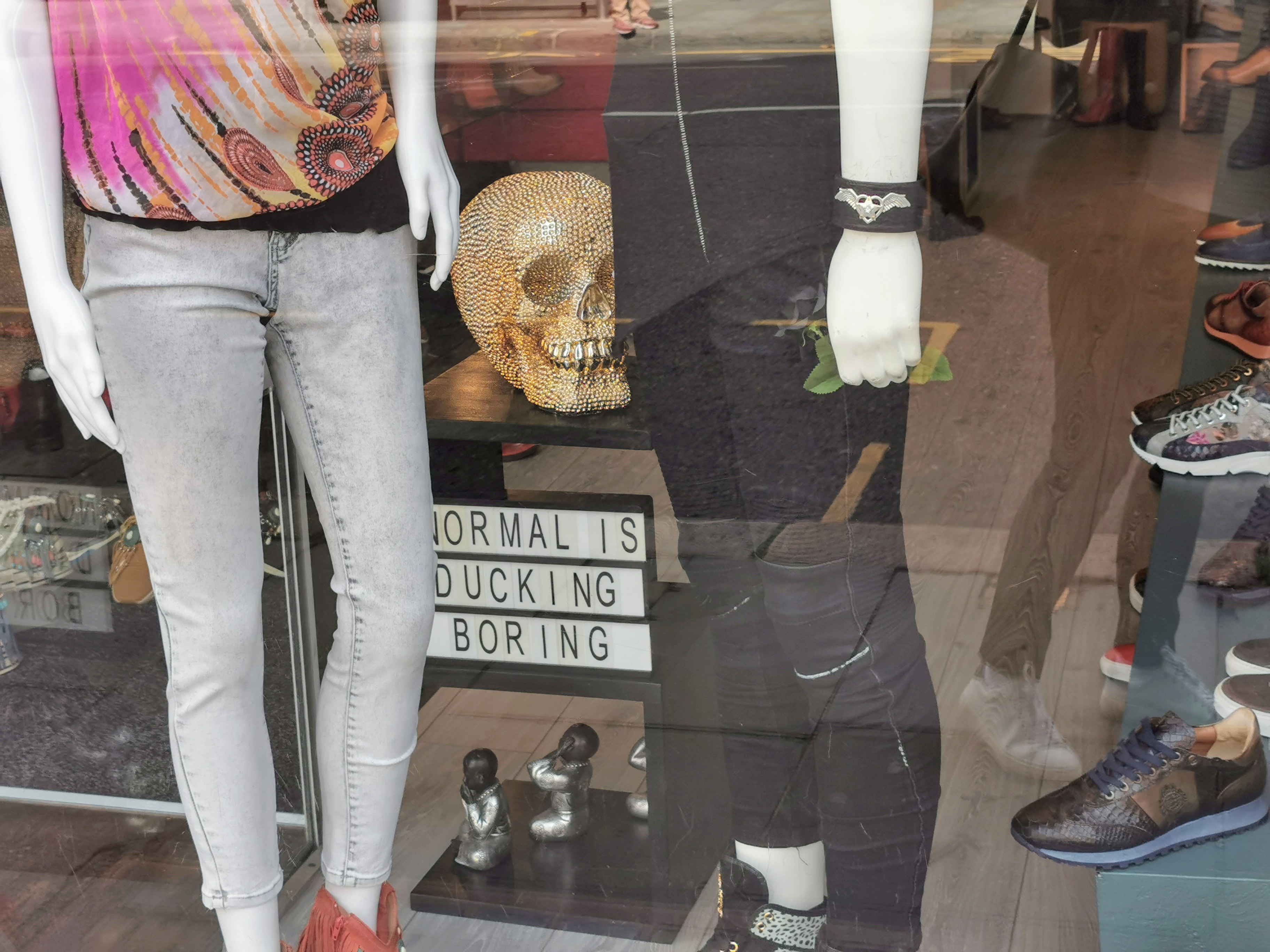
We pass the distinctive art deco facade of the famous Bluebird restaurant, which Sir Terence Conran developed from an old garage and made into a Chelsea landmark. At the Old Town Hall there’s a wedding taking place, but we don’t recognise anyone. Lots of stars have tied the knot here – Judy Garland, Marc Bolan, Pierce Brosnan, Hugh Grant, the list goes on…


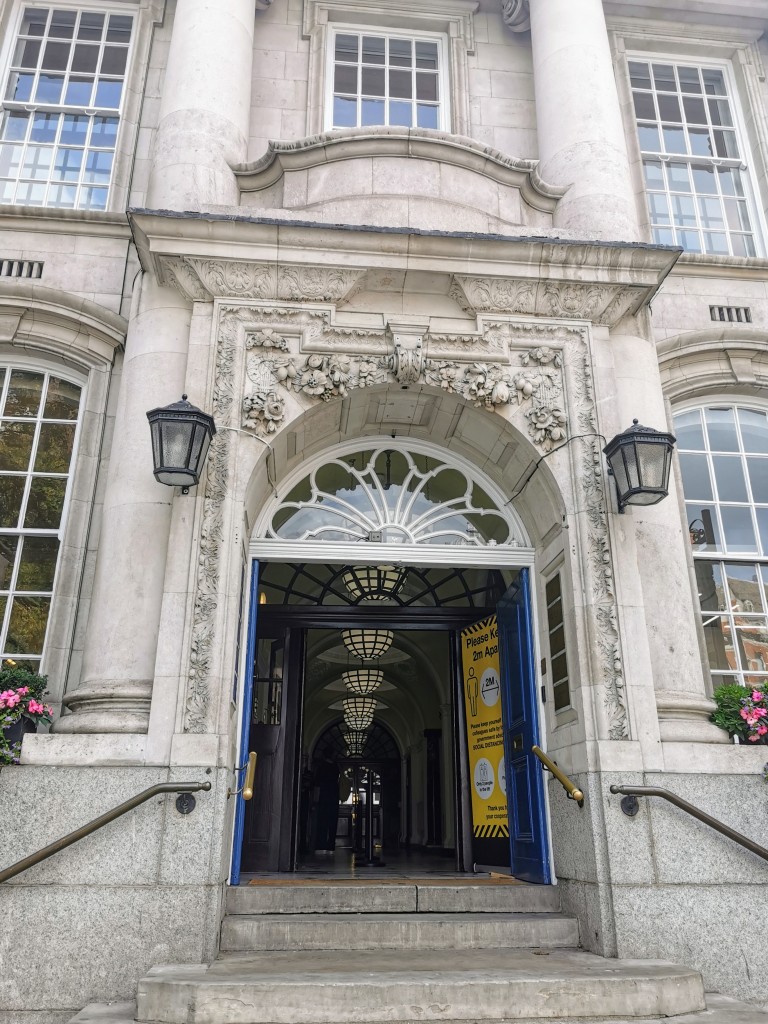
Branching off to both sides of the road are streets of beautiful terraced houses, both formal and slightly more cottage-like. The husband is getting serious house envy! Dream on, the average price for a property here is a cool £2.2 million.
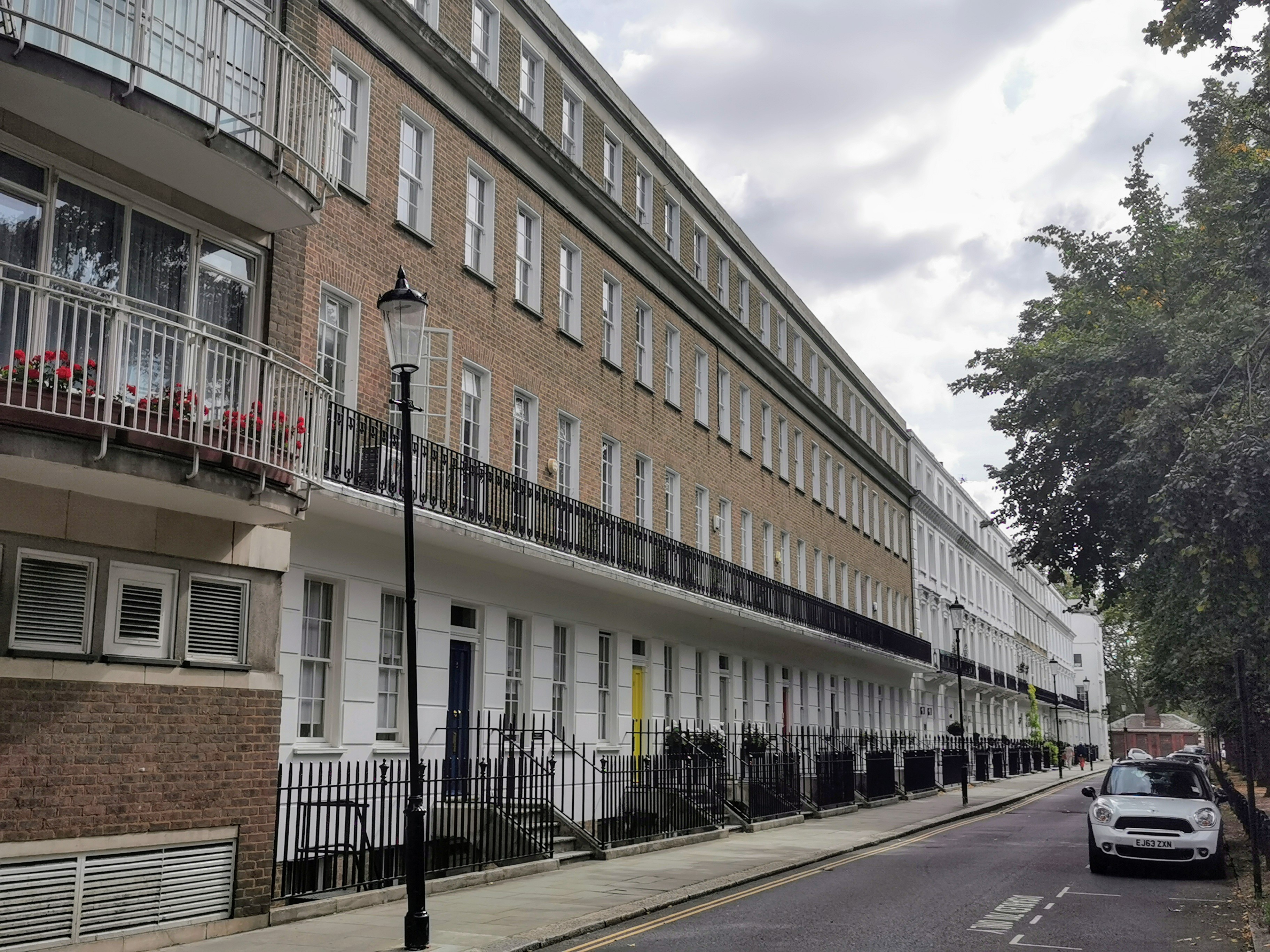
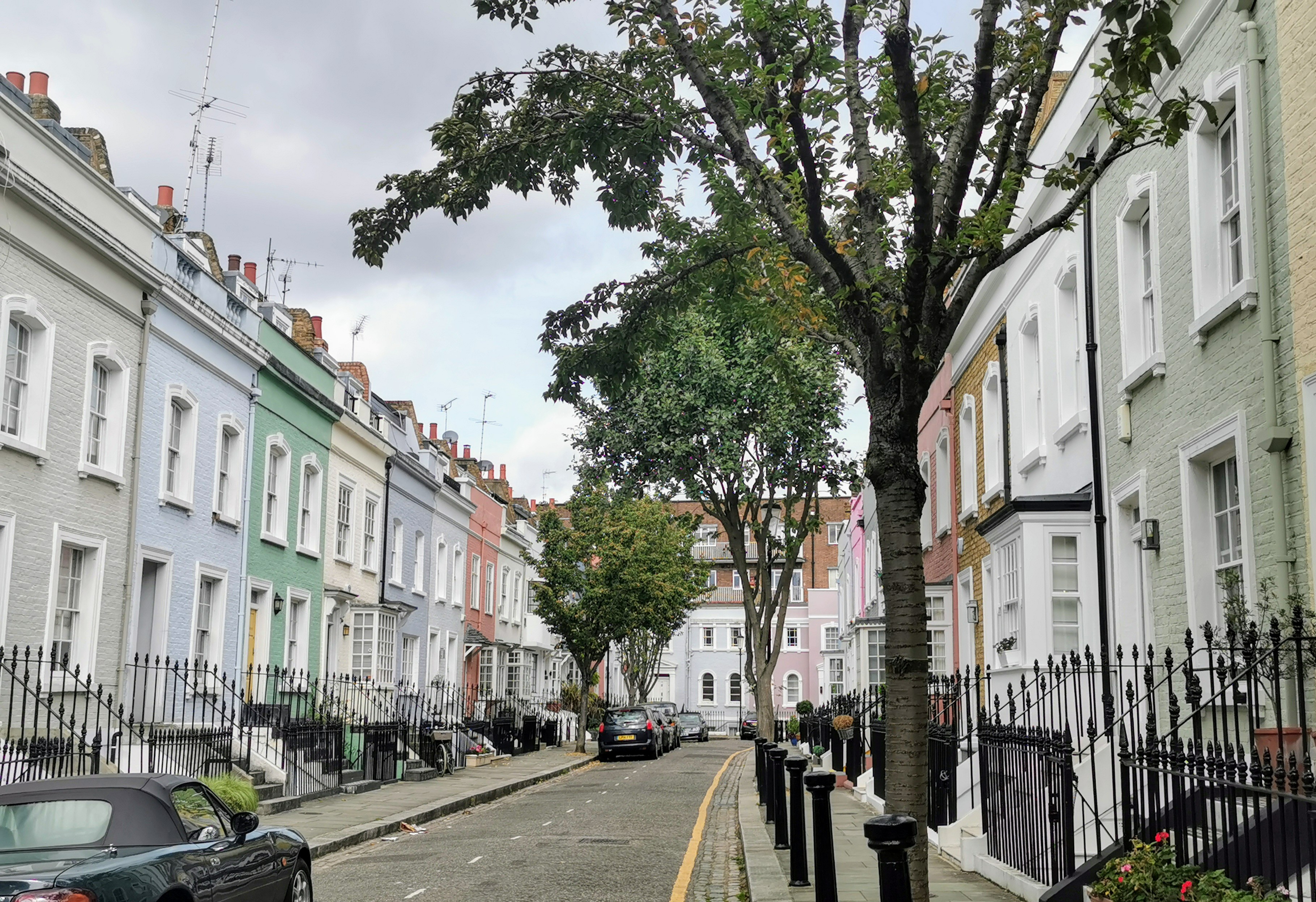
We may not be able to afford to live here, but famous names have always abounded in Chelsea. In the past, this was an area that attracted writers, artists, musicians and bohemians from Enid Blyton and Agatha Christie to Mick Jagger and Eric Clapton. There are blue plaques galore here, although as usual some of them are a tad obscure. We notice PJ Travers, who wrote Mary Poppins and Carol Reed, director of The Third Man and Oliver! Every other building can boast of a famous resident, it seems.


Nowadays, I think it’s mostly big money around here and perhaps not so much class. Personalised plates abound, and we notice a price list for these in the window of the Chelsea Truck Company which makes us gasp. You can buy a baby pink jeep here if you really think that’s a good idea, and also pay up to £1.4 million for a number plate. No, that’s not a typo! This place is nuts!
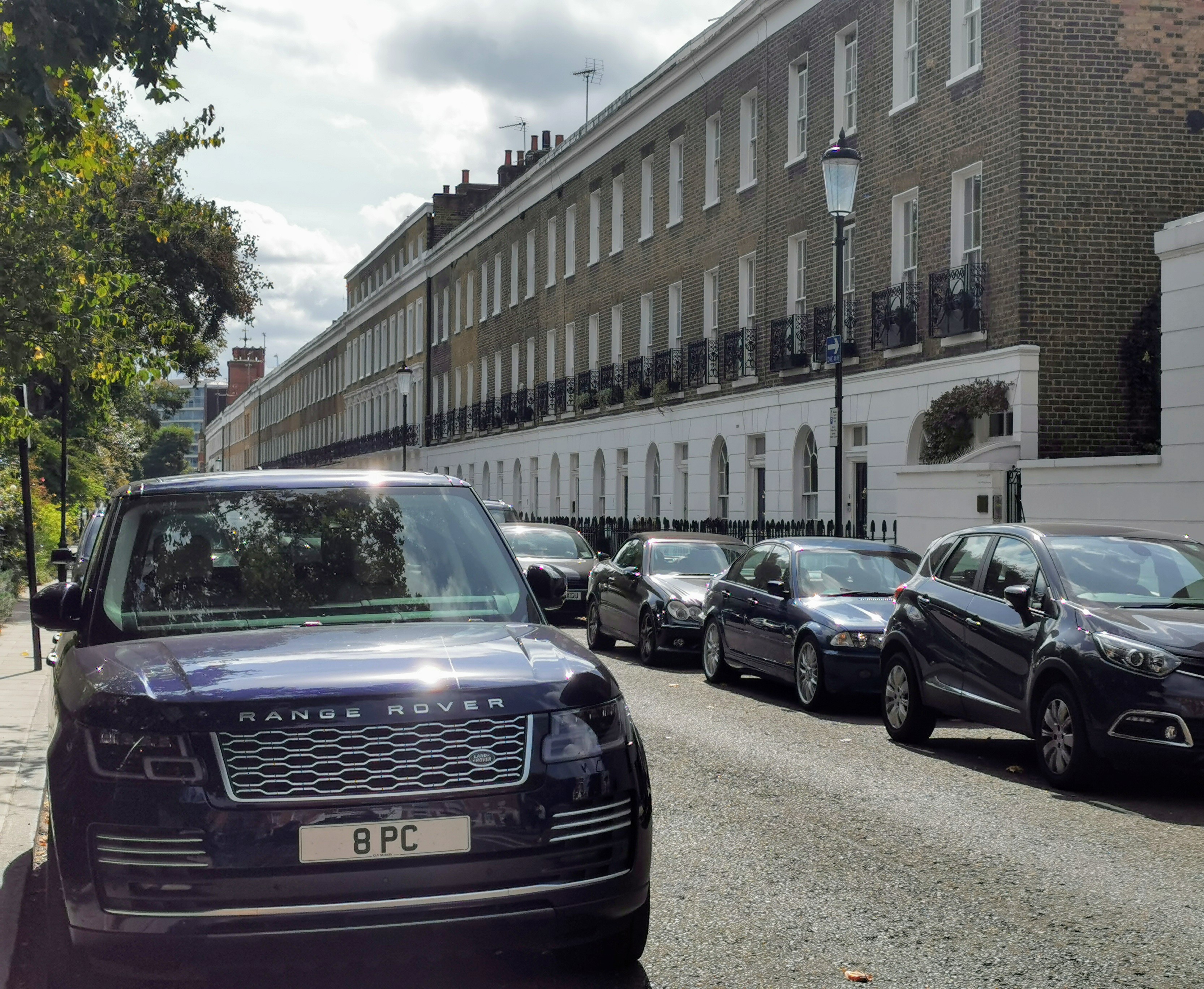
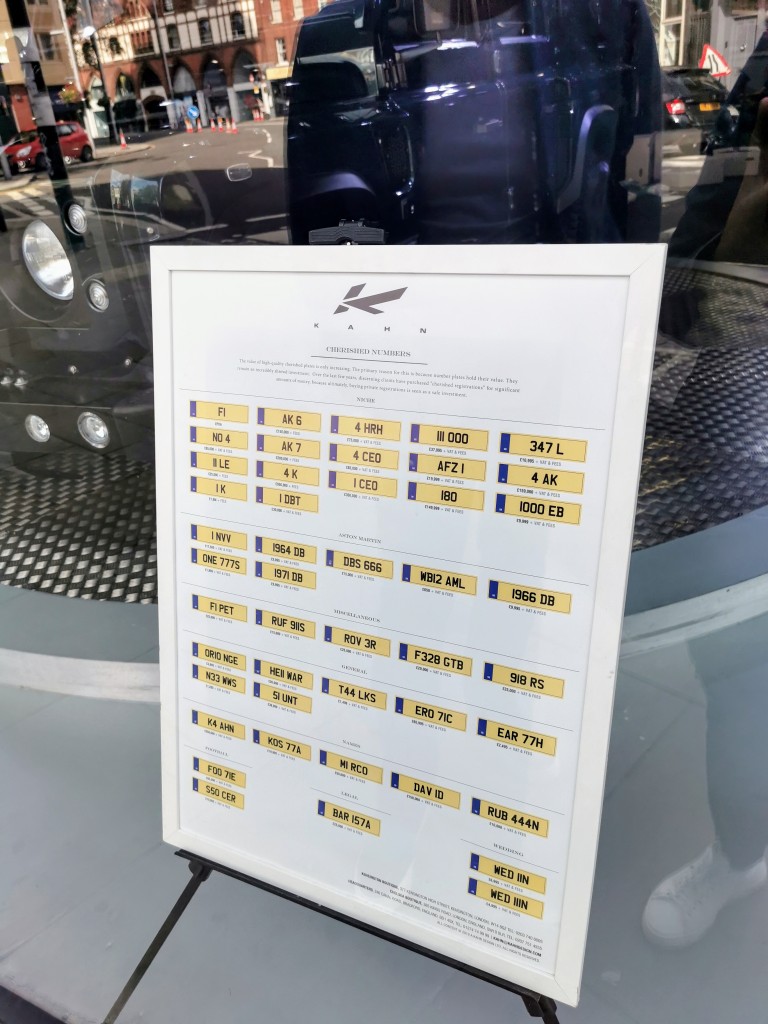
As you walk along the King’s Road towards Fulham the shops become less high end and more bohemian. One of the most well-known is the World’s End, where Vivienne Westwood and Malcolm McLaren introduced punk to Britain from 1970 onwards (she still owns it today). The Pretenders’ Chrissie Hynde worked here, as did Sid Vicious, and big name clients were the norm rather than the exception – Adam Ant, Siouxsie Sioux and Billy Idol were all regulars.
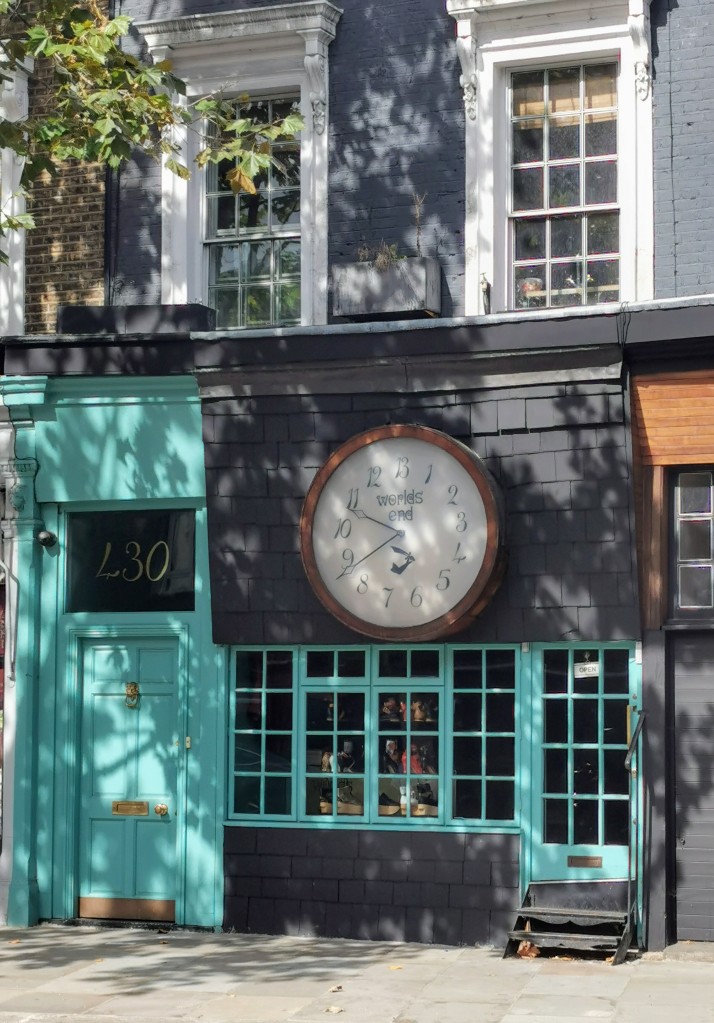
In this slightly less desirable part of Chelsea, large areas of council housing were built between the King’s Road and the River Thames in the 60s (Cremorne Estate) and 70s (World’s End Estate). This Brutalist architecture is a real contrast with the elegant terraces elsewhere in Chelsea. I know which I prefer!
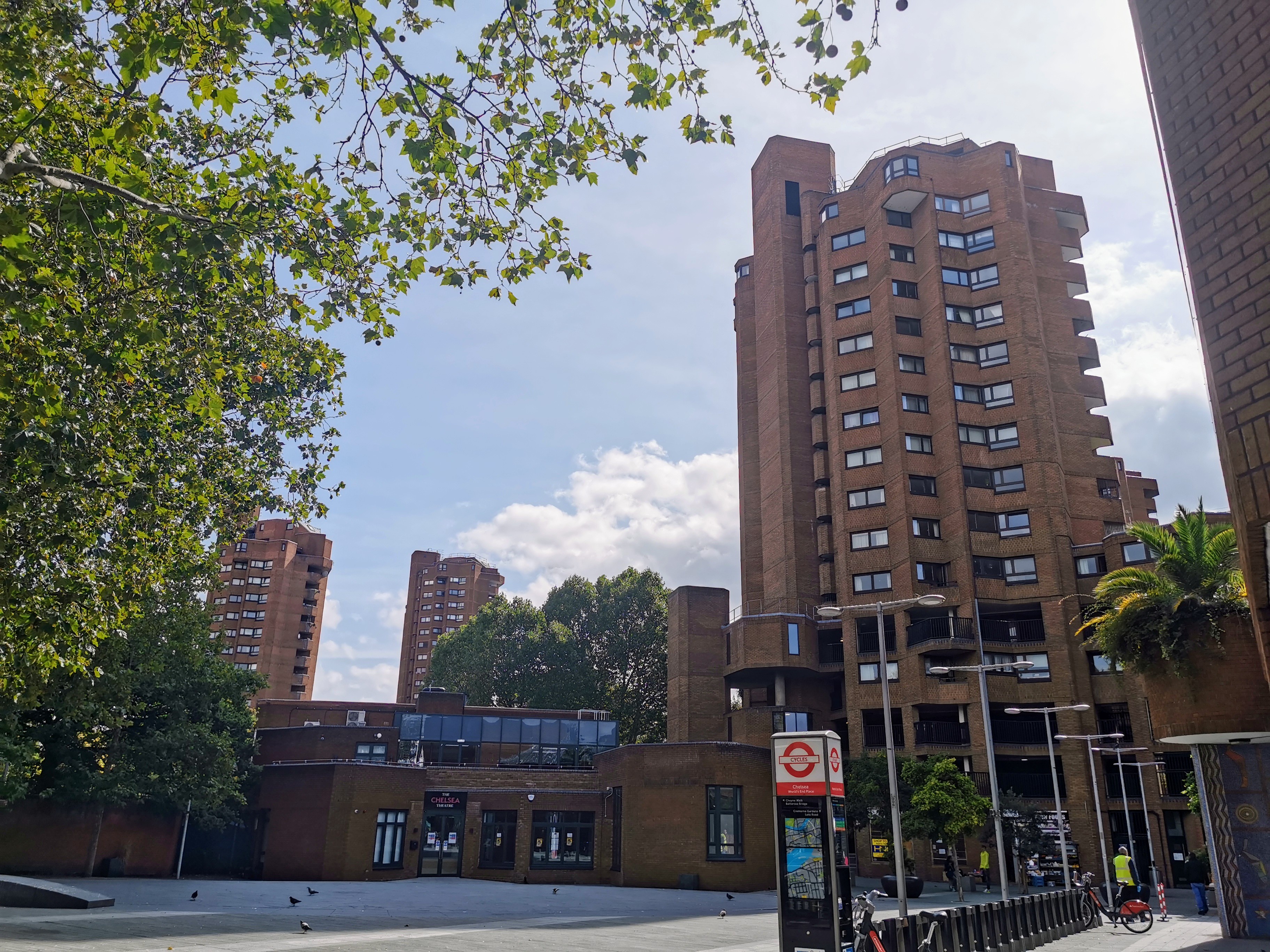
The name World’s End gives this area a slight undertone of Armageddon, but in fact goes back to when Chelsea was undeveloped fields miles away from the capital, with only dangerous roads to connect it. Still, Joe Strummer of The Clash lived in a flat in one of these towers, and wrote London Calling during his time here – not exactly uplifting. Christine Keeler also lived here, and we know how her story panned out. The average income here today is increased seven-fold if you cross the road to the more salubrious terraced streets.

Right at the very end of the King’s Road, where Chelsea ends and Fulham begins, we stop for lunch at The Chelsea Corner. Due to great Trip Advisor reviews, our expectations are high, and happily they are met. This place does fantastic Italian food in refined surroundings with super, smiley service. I would love to show some photos of what I ate (burrata followed by penne pesto) but it looked and tasted so good I totally forgot to take any pics. Sorry!

After finishing a bottle of very quaffable house white, we had off again towards Earl’s Court to catch the tube. It’s been an interesting day in an area full of contrasts. That’s London for you!
